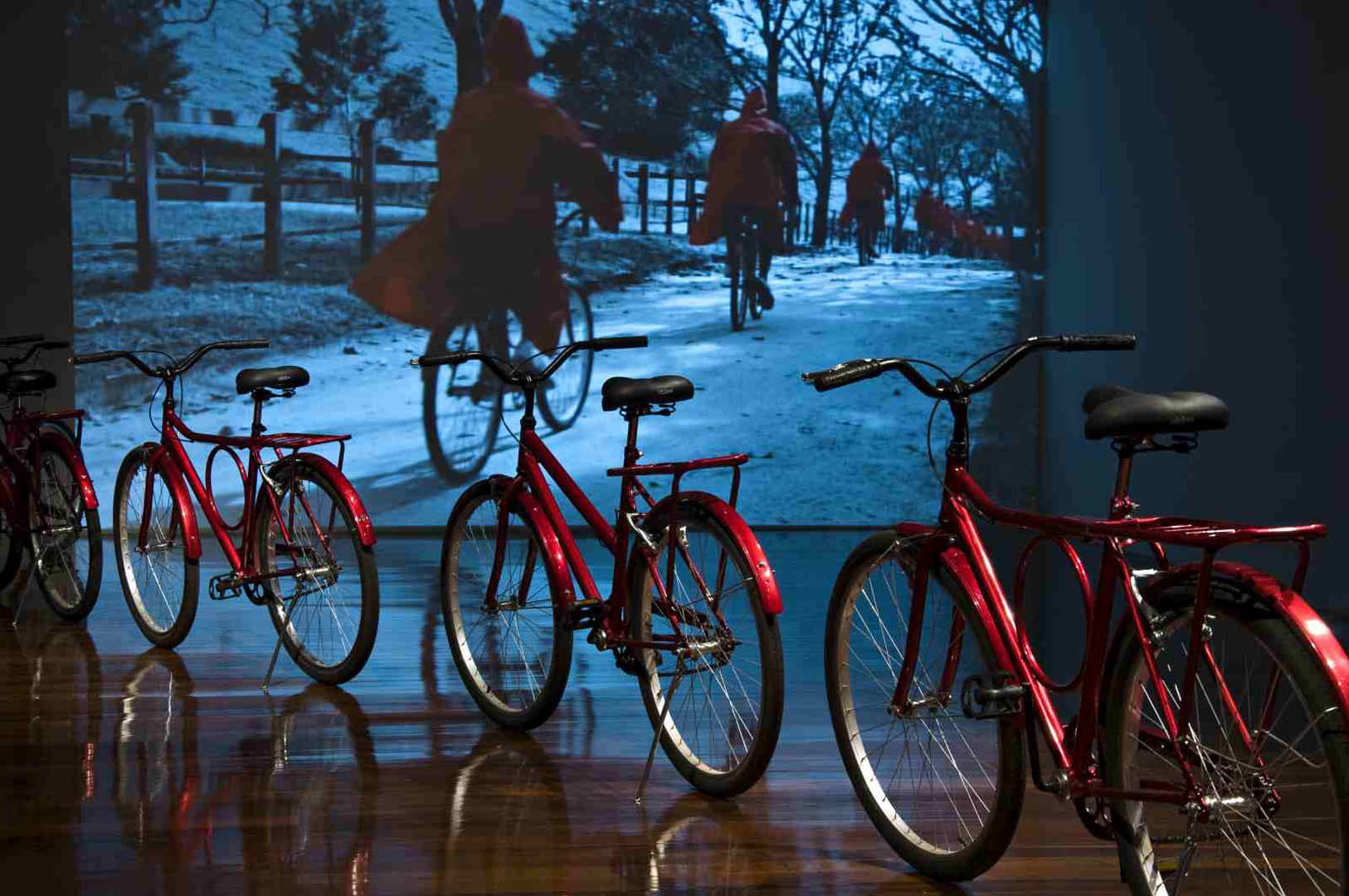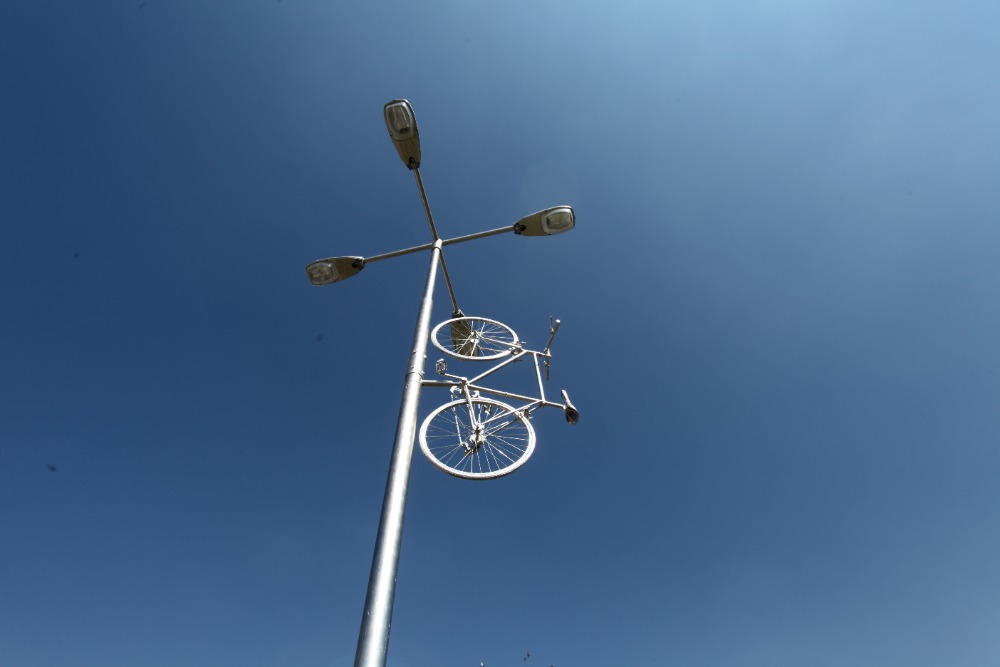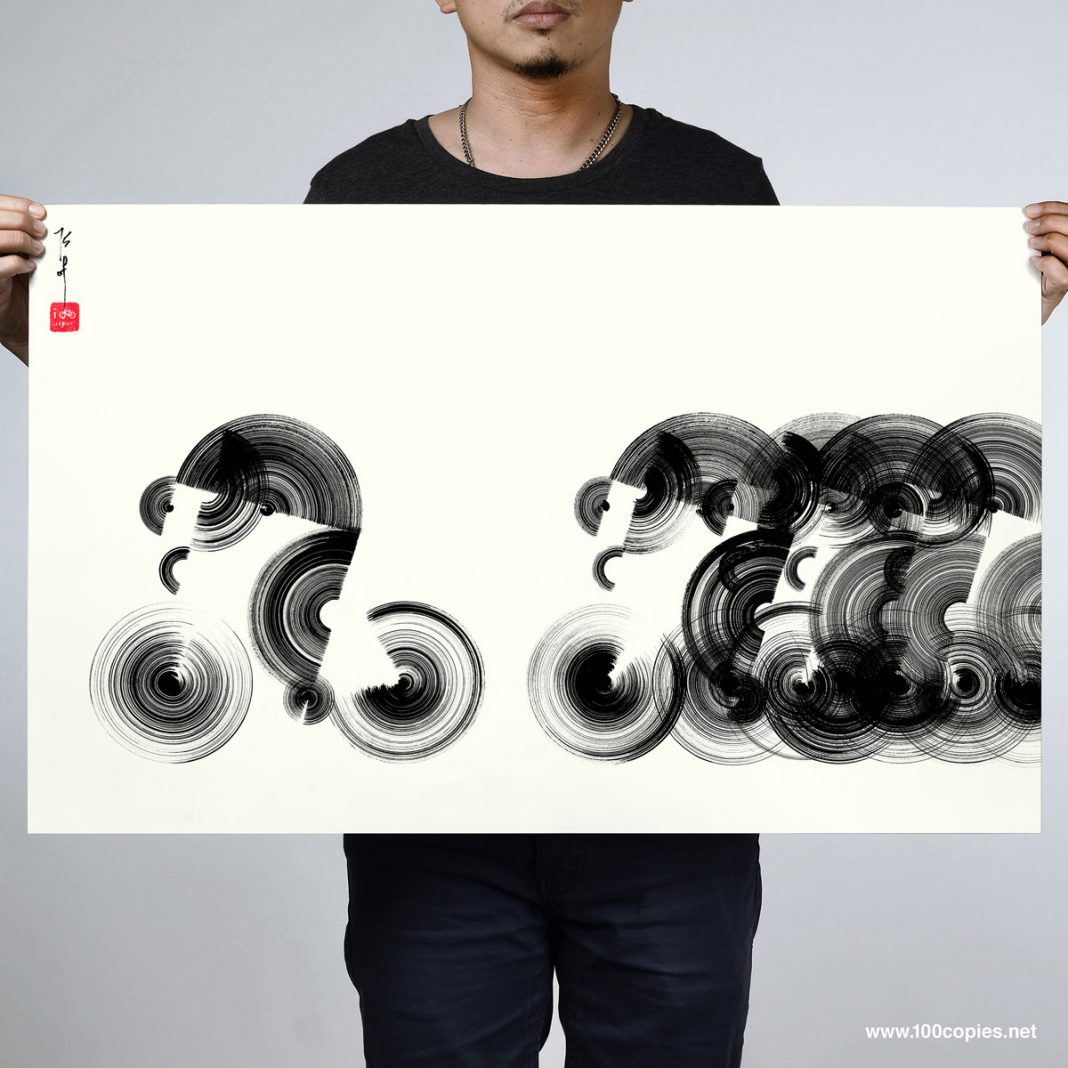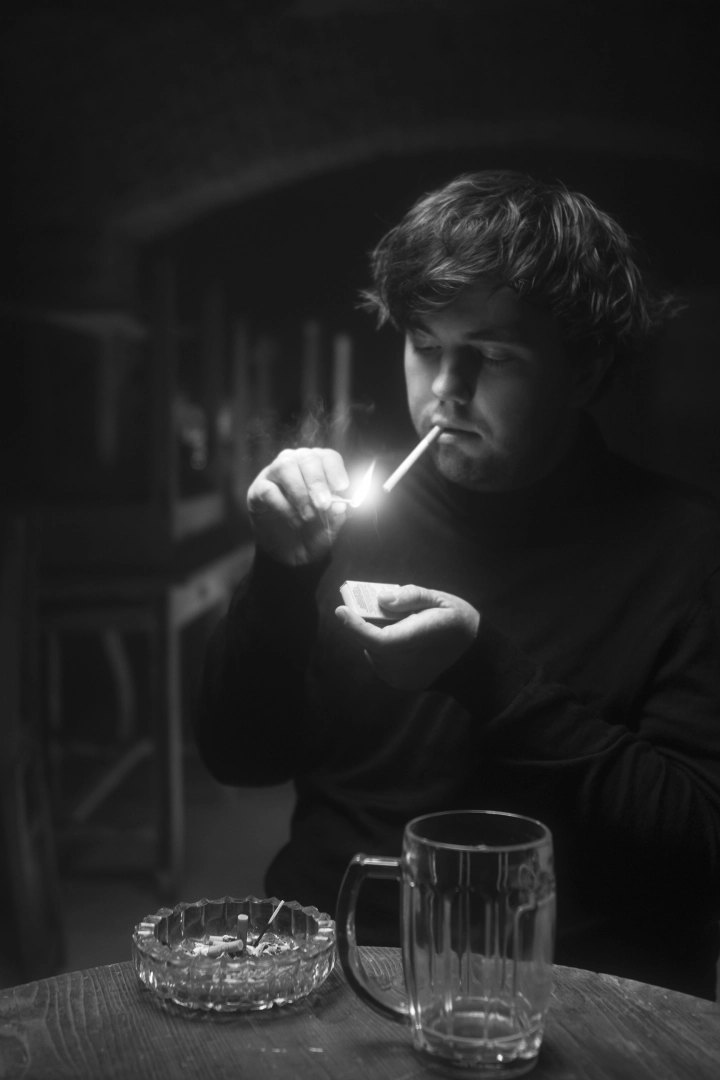The ongoing 77th edition of the Vuelta a España, a stage cycling race currently enters the ninth stage. The race, which takes place from August 19 to September 11 across the Netherlands, Belgium and Spain, is fabled for its long and hell of a steep passages where a common mortal would voluntarily surrender his lungs. Riding on two wheels has become a popular among artist who like to use this means of transport as a motif. Who are the artists and how do they utilise the bike?
Bicycles are an extremely popular means of transport: in many parts of the world they are even used as the primary transport vehicle. They first appeared in the nineteenth century. Their father is said to be Karl Drais, who in 1816 invented the so-called draisienne – the forerunner of today's bicycle. It worked on a principle of a children's dandy horse – one had to use their feet to push along the ground.
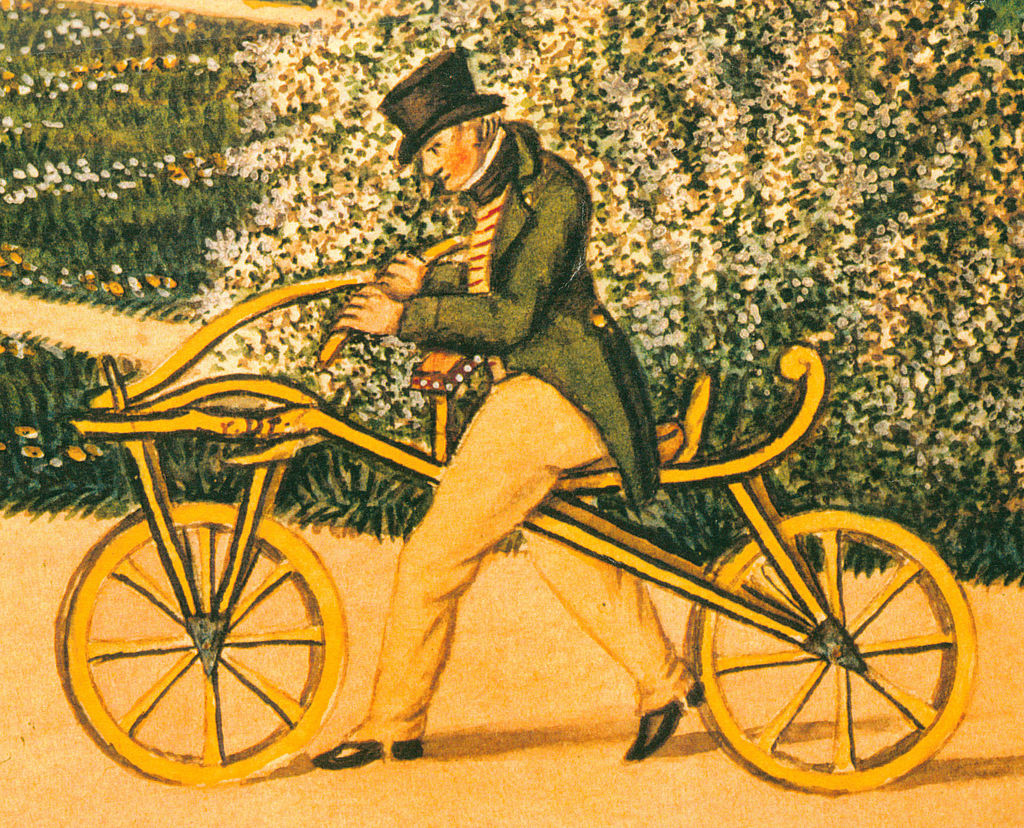
Since then, the two wheels have ridden a long way and become a very popular pastime, whether as a hobby or sports activity. The most popular cycling races include the Tour de France or the Vuelta a España. What makes this vehicle so fascinating? It might be alone the fact that it shows a fascinating effort of men to find a different means of transport and make their movement more dynamic. The symbolism of a circle – a wheel as infinity, or a cycle (not a bicycle) probably does not need to be discussed at length, and in the case of a bike it's even used twice. Additionally, one gains speed on a bike, but at the same time its rider doesn't become anonymous like when sitting a car. It is thus a kind of an intermediate stage between walking and driving a car.
Krištof Kintera
The Czech artist Krištof Kintera utilizes the bicycle motif, for example, in his sculpture There is no way to go now (Hned tak nepojedem) composed of several bicycles, or in the memorial to Jan Bouchal. Both pieces work with the same motif, but each approaches it very differently: while one might smile at the sight of There is no way to go now, there is no room for humor at the memorial The Bike to Heaven. The wheel covered with layered palladium on a lamp towering above the intersection of Dukelských hrdinů Street and the Captain Jaroš riverbank commemorates not only Jan Buchal, but all cyclists who died in the streets of Prague. Jan Bouchal was a promoter of urban cycling, which on January 6, 2006 sealed his doom. The Bike to Heaven is ominously urgent also because of the efforts of some in power to turn Prague into a city of cars.
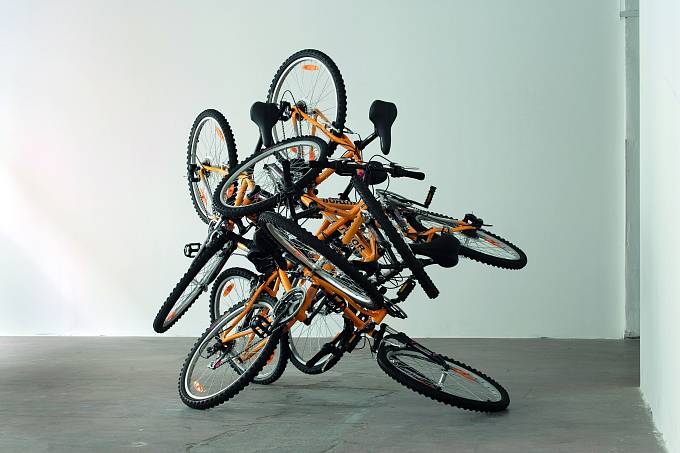
Ai Weiwei
Bicycles are a frequent motif also for the Chinese artist, architect and civic activist. The fact that bicycles are very popular in Chinese society is also plays its role in his work. The monumental installation Forever Bicycles is made of ten thousand bikes and refers to the mass character of Chinese industrial production and the structure of the local society. The society which does not care about guaranteeing human rights, where its masses and uniformity prevail over the the individual. That's why this ten-meter-high installation is made up of ten thousand identical bikes. On top of that, the Chinese artist removed the parts which make bicycles serve their purpose – this brought another dimension to the metaphor refering to the incompetent Chinese society, in which quantity wins over quality.
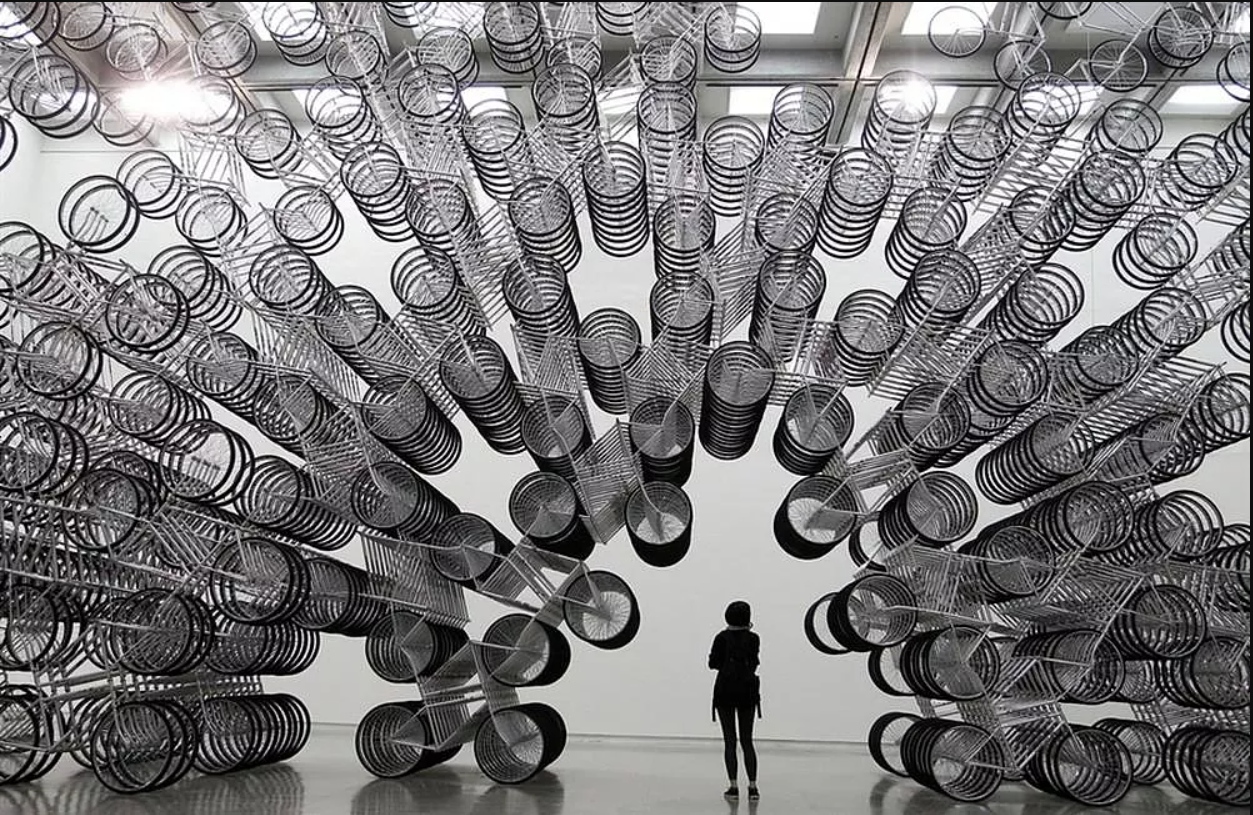
Thomas Yang
Thomas Yang and his piece Breakaway adopt a far more formal approach than the two artists mentioned above. In his painting, he used brushes of different widths – the resulting circles and semicircles are supposed to represent the width of the entire peloton. Together with that, these shapes – circles/semicircles represent the very essence of cycling and resemble the symbol of infinity and the ever-repeating cycle mentioned above. A more abstract expression of course allows more room for interpretation and leaves it up to us to decide that we see in its shapes.
Anna Paola Protasio
Brazilian artist Anna Paola Protasio originally studied architecture, which is now quite apparent in her work. Among other things, she also creates installations refering to, for example, the Ancient Greece mythology. One of her pieces, The Fractured Instant, depicts bikes riding (or maybe standing?) one behind the other. Here again we can see the return to the metaphor of infinite cycling and symbolism transcending us as humanity. It's not a randomly picked motif, as the theme of repetition appears in her work fairly often. Moreover, Protasios' rendering of cycling intently shows why it is one of the sports that will always bring about interest among artists. It depicts the aforementioned human effort to move on: from walking to cycling, which simultaneously points to the temporality which will always be against humanity. Yes, infinity itself plays against us.
